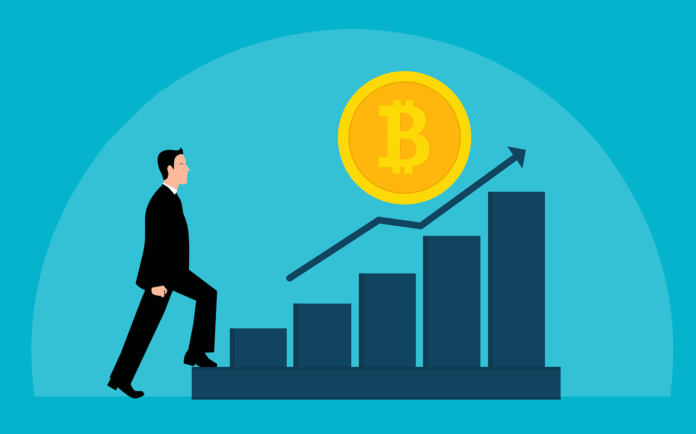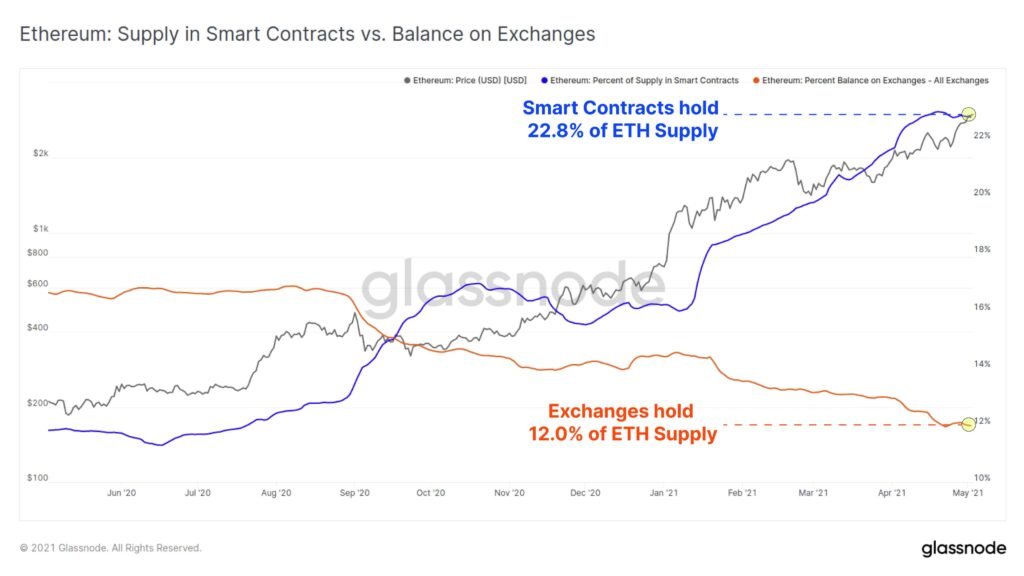Bitcoin is both a new type of money–sometimes called digital or electronic money, or cryptocurrency–and being a new digital payment network free from the type of regulation financial institutions like banks and building societies face.
Bitcoin is not the only cryptocurrency, but it is the first and best known in the cryptocurrency market.
Who invented Bitcoin?
The origins of Bitcoin are shrouded in mystery, but it was invented by an individual using the name Satoshi Nakamoto in 2008, whose identity has never been released. The date is significant because 2008 was the year the global banking crisis hit, when banks had to be bailed out and many small-to-medium investors lost their money, homes and businesses.
As of March 2018, there were 1,658 cryptocurrencies–and the number is increasing. Bitcoin, however, is the original cryptocurrency and is still one of the most widely traded.
Some other cryptocurrencies are:
- Ripple XRP
- Monero
- Litecoin
- Ethereum
- IOTA
- NEO
- EOS
Cryptocurrencies are now monitored for performance data and value.
What can Bitcoin be used for?
Bitcoin is a payment system which only exists in cyberspace and has no physical business premises. Because of this, the currency can be used freely to pay for online purchases–as well as being bought for investment. Other cryptocurrencies like Ethereum are used to buy assets–but cryptos, as they are often referred to, can buy anything, from services to goods and even property. The buyer pays a small fee for every transaction, but Bitcoin can be used globally, making international payments secure.
How are Bitcoin transactions recorded?
Payments are logged by a system called blockchain–each “block” in the chain of transactions is a piece of data recording an individual transaction. Because each transaction forms a new block in the chain and all the blocks are connected within the chain, using Bitcoin for online payments is very secure.
Is Bitcoin totally fraud-proof?
Because each block of data representing a new transaction is connected to the previous one and the subsequent one, any changes to the blockchain affect the whole chain.
Each transaction also has to be approved by users logged onto the chain, known as peer-to-peer technology. The blockchain data is available to everyone who is logged on, so if changes are made they will be visible, as each transaction is marked by a number and hashtag, as in #00001, #00002, etc. It is also impossible to use a Bitcoin more than once (double spend)–and fakes or copies of Bitcoins cannot be made.
Each computer on the network will also have a copy of the transaction, as it is recorded on blockchain.
Bitcoins are issued by the network and owners can remain anonymous, so the identity of Bitcoin owners remains confidential. This means it is not possible to see who owns quantities of Bitcoins, which are kept in digital “wallets”, which are also anonymous. Because of the anonymity of Bitcoins and the blockchain technology, committing identity fraud to get Bitcoins dishonestly is almost impossible.
Bitcoin can now also be tracked–there are companies specialising in this, which track how Bitcoins move about. This is mainly for law enforcement, however, as criminal networks have used Bitcoins because of their anonymity.
There are concerns that hackers using quantum computers may access the network and change transactions before they are recorded on the system – and an article in the journal Nature predicts that within a decade, quantum computers may break the encrypted codes used by blockchain technology to secure Bitcoin transactions.
Is Bitcoin an excellent investment?
There has been scepticism towards Bitcoin – however, despite dire warnings from some market commentators, Bitcoin continues to thrive both as a payment system and an investment.
The security and ease of use of Bitcoin are its big advantages – and in just over a decade, the value of Bitcoin has risen to a current rate of around £3,330 per 1BTC, beating all the gloom-monger predictions that it was just a financial flash in the pan. There is also a Bitcoin obituary showing the amount of times people have declared Bitcoin dead.
Does the price of Bitcoin fall often?
The price of Bitcoin has fallen quite dramatically at times, only to rally fairly quickly. So volatility is very high compared to other more mature markets. Bitcoin is not subject to the usual market conditions FIAT currencies are subject to – and the cryptocurrency rate is usually based on data about daily usage of a cryptocurrency for transactions, as well as risk factors and the technology involved and user adoption of it, rather than traditional influences on money markets such as inflation rate, trade figures or a government policy.
This also serves to make cryptocurrency more stable in traditional market conditions – but occasionally, the value has fallen significantly. When choosing a cryptocurrency to invest in, it is important to take financial advice – but Bitcoin’s longevity has made it popular among users and investors (first mover advantage).
Where do I buy Bitcoin?
Bitcoin has become big business and there are now many digital currency gateways (exchanges) in Bitcoin and other cryptocurrencies. Prices of the different cryptocurrencies available can range from pennies up to pounds – but Bitcoin has been hailed as the new “gold”, except it is a lot easier to store and use.
How do I store Bitcoin?
There are several storage options for the different cryptocurrencies, but most people store their Bitcoins in digital wallets – which can be “hot”, for when you use the Bitcoins for transactions and need them to be readily available; or “cold”, for when you want to keep your Bitcoins safe offline. It is possible to transfer your Bitcoins between the live wallet used for payments or to transfer money – and the cold storage wallets, which are not live on the Internet and so cannot be accessed.
There are now companies online offering offline Cold Storage to cryptocurrency investors and Bitcoin users.
For security purposes, a private key is issued to Bitcoin users to enable them to access their online wallet to make a transaction, or to transfer Bitcoins to their cold storage wallet offline for security purposes. This private key can be used to sign digital transactions.
You can also transfer Bitcoin to payment platforms like Cash, which usually send the user a unique address for the Bitcoin transfer, making the process secure.
Deep Cold Storage
Physical means of storing Bitcoins – or, at least, the data needed to access them – is known as Deep Cold Storage and may involve using a memory card, USB stick or even paper records in a safe or locked security box to protect Bitcoin accounts.
Some people may think storing Bitcoins on a USB stick or memory card is a good idea – as well as using a paper wallet, where the key is written down.
There are obviously issues with this in case the physical storage is lost or stolen – or someone sees the private key and copies it. Printing out the private key giving access to Bitcoin accounts might be a useful back up, but potentially it increases the risk of fraud being committed and the Bitcoins being used dishonestly.
Even a private key stored in a folder on a computer is vulnerable if a computer crash occurs and data cannot be recovered.
However, in the case of large quantities of Bitcoins, back up is essential – just as you might leave a copy of important documents in a safety deposit box or with a solicitor, protecting the private key needed to access your Bitcoin wallets often means creating a paper wallet or using external hard drives to store the information.
How do I sell Bitcoin?
To sell your Bitcoins, you will need to set up an account with an exchange platform online. You will have an exchange wallet and can transfer your Bitcoins from your Bitcoin wallet and then place a sell order on the platform. The value of the Bitcoins can then be paid into a bank account.
Disclaimer: This article is for information only and does not constitute investment advice or recommendations – always seek the advice of a reputable financial adviser before investing, as the value of investments can go down as well as up.






















